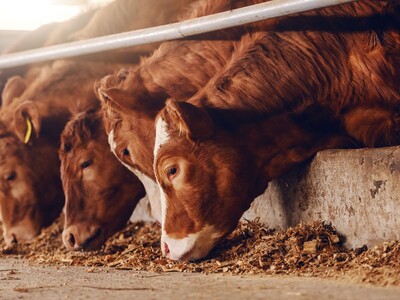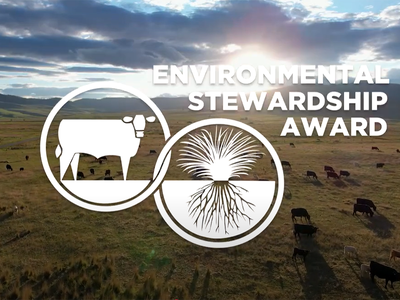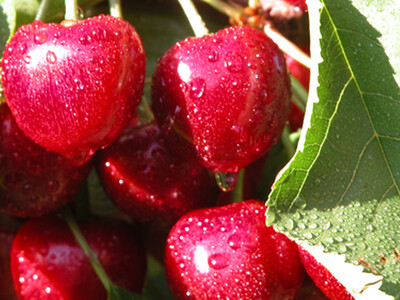Home Canning
September is Food Safety Education Month and a popular time for home canning. Food experts want to make sure canning is done properly and that the food stays safe: Families have been home canning for generations and the practice remains popular, especially with more people planting backyard vegetable gardens. But more home canning also brings people new to the process. John Burr of ODA’s Food Safety Program says bacterial contamination can happen if home canners don’t know the right steps: “Obviously the biggest bacteria of concern is botulism. That can be deadly if products are not cooked to the right temperature, time, and under pressure.”
Ingesting the toxin can lead to paralysis or even death. The only sure way of protecting low acid home canned foods like most vegetables is to prepare the food by using a pressure cooker that can reach the appropriate temperature. Boiling water is not a safe method to ward off potential botulism: “One thing we don’t want people to do is to wing it. We want people to follow some well written instructions from a credible source. There are some good sources at the local level through your county extension service.”
Botulism outbreaks are attributed to home canners who did not follow canning instructions, did not use pressure canners, ignored signs of food spoilage, or were unaware of the risk of botulism from improperly preserving vegetables. Burr says there is no reason to fear home canning, it just needs to be done correctly.
BURR says more Oregonians seem to be home gardening which means more people may want to do some home canning: “Home canning can be done all year around. Enthusiasts do can year around but this is the best time of year to capture some of the last vegetables in the garden.”
BURR says after the canning process, a visual inspection of a home-canned product might provide an indication of problems, but that’s not always the case. Nonetheless, there are some clues clearly noticeable to the naked eye:
“Check for any conditions of spoilage after you have processed. Obvious signs might include leaking jars, bulging lids, unnatural colors or odors, and then maybe forming some gas bubbles inside the jar. Never eat a food that is suspect to be spoiled.”













